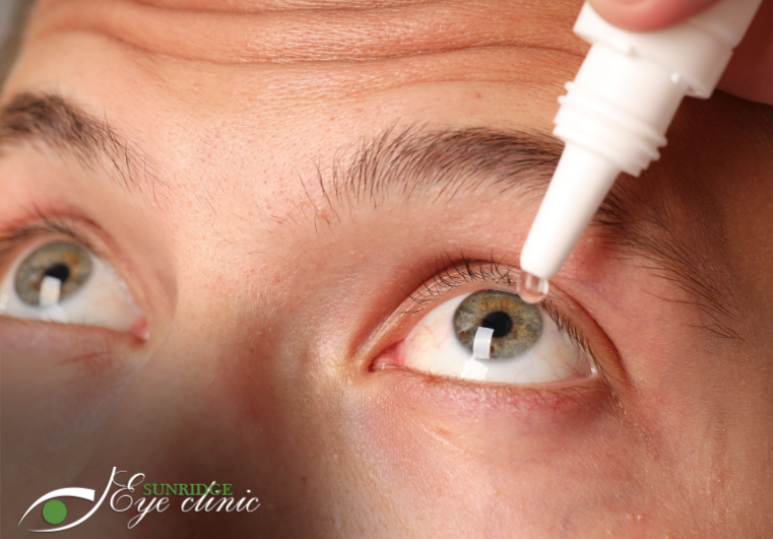What is Diabetic Retinopathy?
Diabetic retinopathy is a common cause of vision loss in patients with diabetes. It is caused by damage to or change in the blood vessels of the retina. Sometimes these blood vessels swell or leak fluid and in other cases, abnormal new blood vessels grow onto the retina’s surface.
It is estimated that approximately 2 million Canadians have some form of diabetic retinopathy.
Risk Factors
Patients with all types of diabetes (Type 1, Type 2 and gestational) are at a risk for diabetic retinopathy. Other risk factors include:
- The duration of diabetes - the longer you have diabetes, the greater your risk for developing diabetic retinopathy.
- Unregulated blood sugar levels
- High blood pressure
- High cholesterol
- Pregnancy
- Smoking
Diagnosis
Diabetic retinopathy can only be diagnosed through a comprehensive dilated eye exam. This involves several vision tests including:
- A visual acuity test
- Tonometry (measuring eye pressure)
- Pupil dilation
Such eye exams allow eye doctors to detect the early signs of this eye condition and successfully diagnose and treat it. These symptoms include:
- Leaking or damaged blood vessels
- Damaged nerve tissues
- Fatty deposits on the retina
- Macular Edema
Treatment of Diabetic Retinopathy
There are several treatment options available for patients with diabetic retinopathy. Depending on the specific situation, these can be used individually or in combination to provide the best results.
- Corticosteroids
- Focal/Grid Macular Laser Surgery
- Vitrectomy





